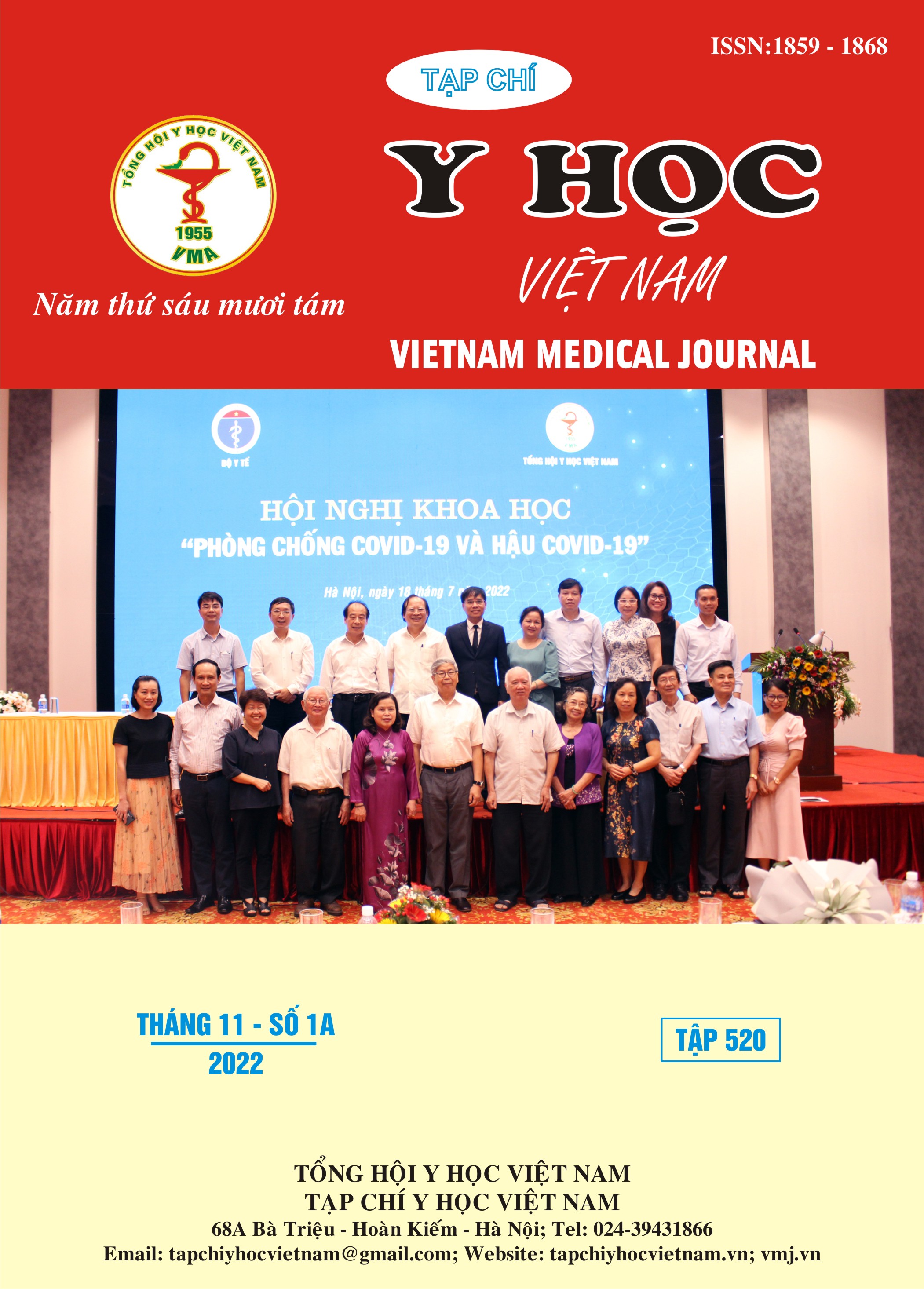ANTIBIOTIC SENSITIVITY PATTERN AND OUTCOME OF DEEP NECK INFECTION BY KLEBSIELLA PNEUMONIAE
Main Article Content
Abstract
Background: Klebsiella pneumoniae is the most common gram- negative bacterial pathogen in deep neck infection. K. pneumoniae has multi- drug resistant strains, which is a challenge of choosing an effective antibiotic. Objectives: Investigating the antibiotic sensitivity pattern and outcome of deep neck infection caused by K. pneumoniae pathogen in Cho Ray hospital from 06/2021 to 06/2022. Methods: Description of 46 patients with deep neck infection caused by K. pneumoniae in Cho Ray hospital from 06/2021 to 06/2022. Results: K. pneumoniae was highly sensitive to Carbapenems (93.5- 95.7%), Aminoglycosides (93.3- 93.5%), Cefoperazone/ Sulbactam (91.3%) and Tigecycline (91.3%). K. pneumoniae resistant to multiple antibiotics accounted for 32.6%, which included MDR phenotype (26.1%) and XDR phenotype (6.5%). MDR phenotype (3/12 isolates produced ESBL) was sensitive to Carbapenems. Carbapenem-resistant K. pneumoniae were only sensitive to Tigecycline. The rate of severe deep neck infection was 8,4%. Conclusions: In deep neck infection, K. pneumoniae remained sensitive to several antibiotics. There was an emergence of multi-drug resistant strains. Multi-drug resistant K. pneumoniae strains were mostly sensitive to Carbapenem. Carbapenem-resistant K. pneumoniae was only sensitive to Tigecycline. The rate of severe deep neck infection was high.
Article Details
Keywords
Deep neck infection, Klebsiella pneumoniae
References
2. Bassetti M, Righi E, Carnelutti A, Graziano E, Russo A. Multidrug-resistant Klebsiella pneumoniae: challenges for treatment, prevention and infection control. Expert Review of Anti-infective Therapy. 2018/10/03 2018;16(10):749-761. doi:10.1080/14787210.2018.1522249
3. Magiorakos AP, Srinivasan A, Carey RB, et al. Multidrug-resistant, extensively drug-resistant and pandrug-resistant bacteria: an international expert proposal for interim standard definitions for acquired resistance. Clin Microbiol Infect. Mar 2012;18(3):268-281. doi:10.1111/j.1469-0691.2011.03570.x
4. Lê Tiến Dũng. Viêm phổi cộng đồng: đặc điểm vi khuẩn và đề kháng kháng sinh in vitro tại bệnh viện Đại học Y dược TP.HCM. Thời sự Y học, tháng 10/2017. 2017, http:// hoiyhoctphcm.org.vn/ wp-content/ uploads/ 2018/05/11F-PGS-D%C5%A9ng-VPC%C4%90-5tr64-68. pdf:64-67.
5. Trương Thiên Phú, Lê Phương Mai, Ngô Minh Quân, et al. Mô hình vi khuẩn đa kháng tại bệnh viện Chợ Rẫy năm 2017-2019. 2019,
6. Mohd Asri NA, Ahmad S, Mohamud R, et al. Global Prevalence of Nosocomial Multidrug-Resistant Klebsiella pneumoniae: A Systematic Review and Meta-Analysis. 2021;10(12):1508. https://www.mdpi.com/2079-6382/10/12/1508
7. Wang G, Zhao G, Chao X, Xie L, Wang H. The Characteristic of Virulence, Biofilm and Antibiotic Resistance of Klebsiella pneumoniae. 2020;17 (17):6278. https://www.mdpi.com/1660-4601/17/17/6278


